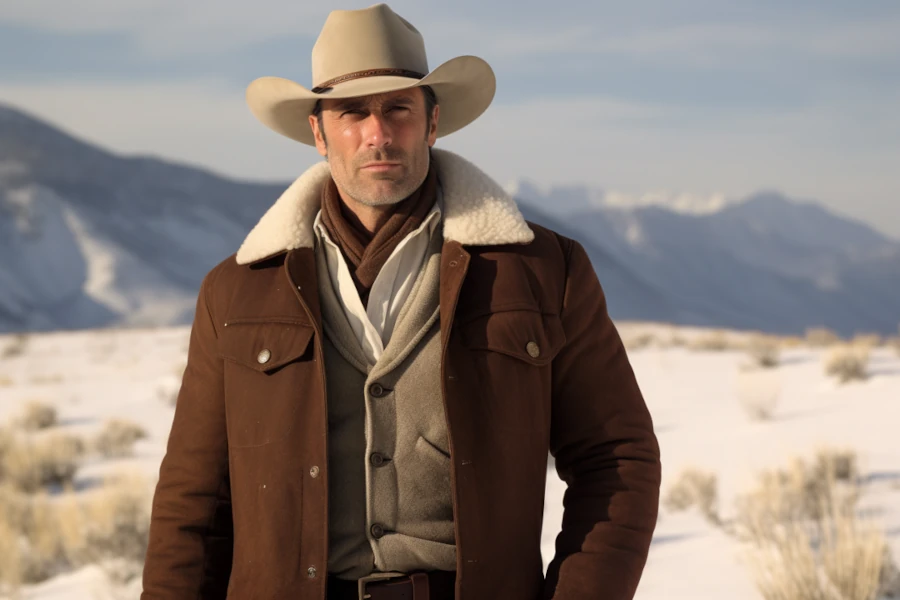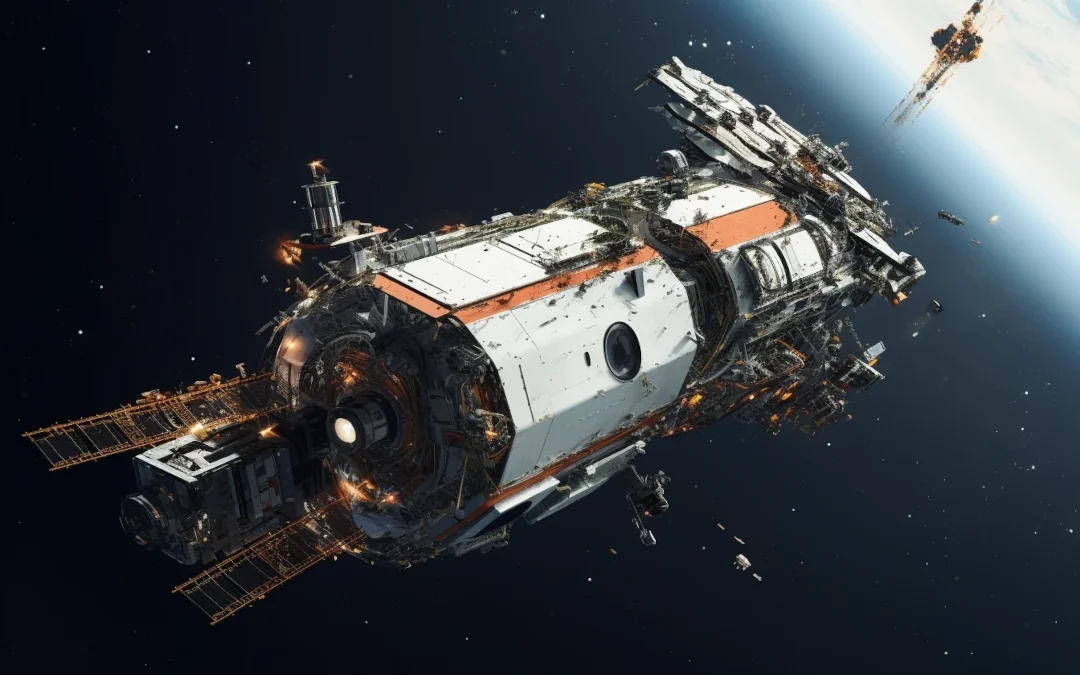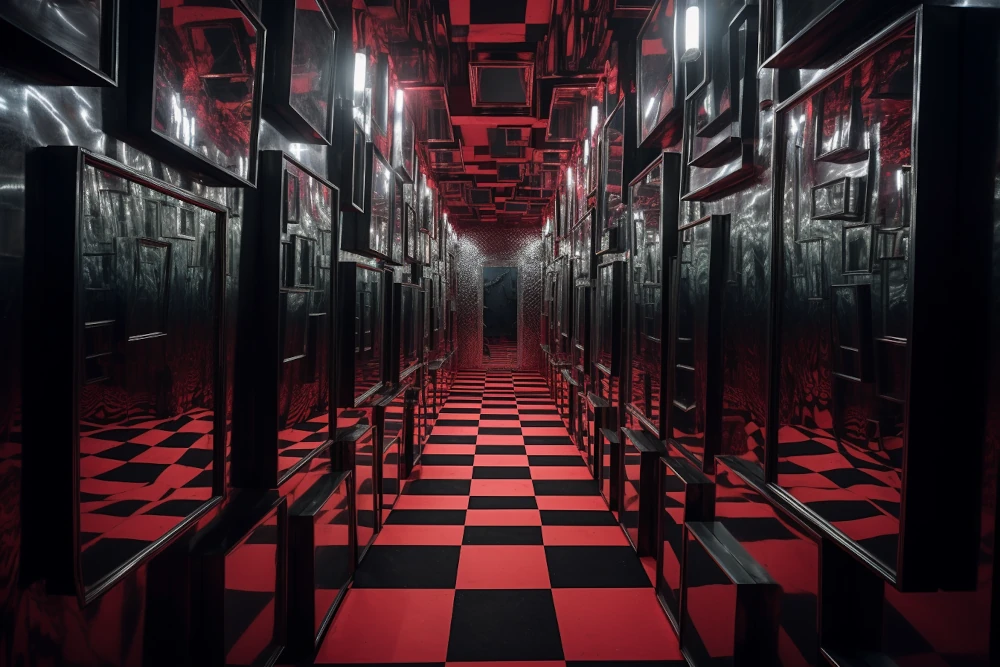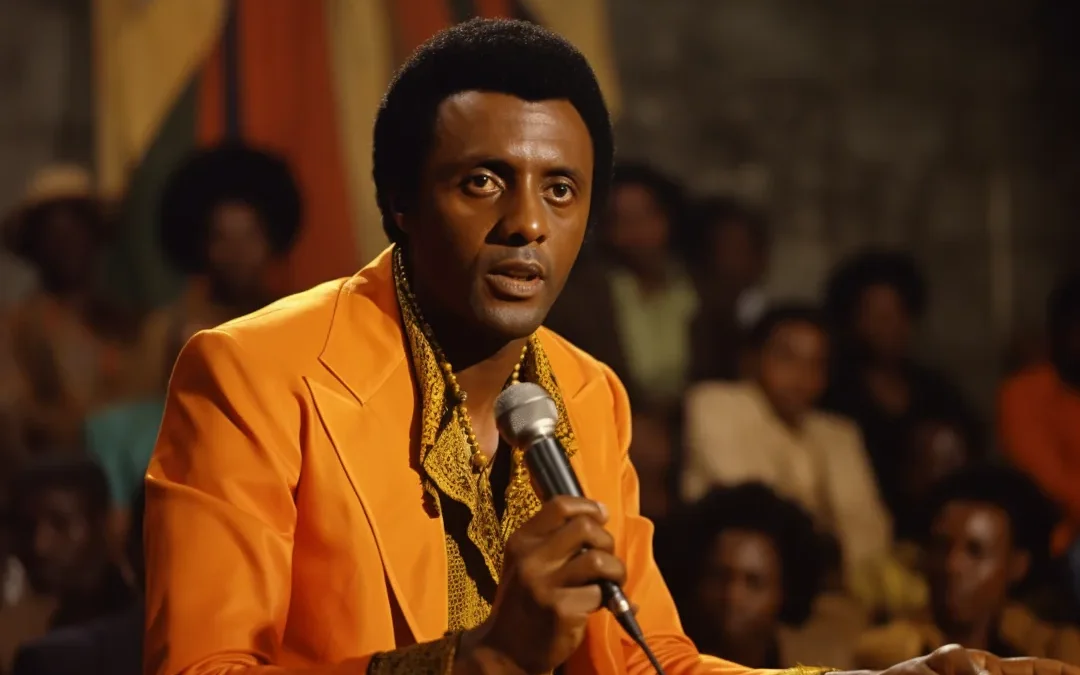I never had high expectations for a live-action Cowboy Bebop show. The scenery alone—constantly changing, always unique and highly stylized—would make a live-action companion cost a fortune. Despite this, I held out some hope that the show would manage to be at least okay. Altered Carbon demonstrated that Netflix could put together some impressive sci-fi special effects. Perhaps the miserable failure of that show’s second season made Netflix reluctant to again invest so heavily in extravagant sets and special effects. Cowboy Bebop appears to unwisely attempt to compensate for an inadequate budget by committing every conceivable cinematic sin.
That this many professional filmmakers worked on Cowboy Bebop blissfully unaware of their persistent violations of film making fundamentals strains credulity. This horrible mess of a show can only be explained by an insufficient budget. What must have begun as one compromise after another turned into a compilation of cinema faux pas.
The original sin of Cowboy Bebop was to replace the action-driven experience of the original with exposition. This allowed the producers to cut costs by drawing out scenes in single locations, but it sharply contrasts with the abundant visual-driven scenes in the source material. The new Cowboy Bebop decides to tell instead of show. It’s like if someone decided to turn Mel Gibson’s Apocalypto into a stage play. A sci-fi piece can lean heavily on dialogue, as Star Trek does, but unfortunately for Cowboy Bebop, the anime displayed an uncompromising dedication to showing rather than telling. The artists at Sunrise took full advantage of the creative liberties provided by animation. Pulling off a faithful live-action counterpart would have required an immense amount of money and talent which are both conspicuously absent from the show.
Dialogue in the anime is extremely limited in several ways. First, there are long periods completely lacking dialogue or using it sparingly. This creates mysteries—both major and minor—for the audience to puzzle over. Why are all these people chasing after this dog? What are these guys doing going from one meteor crash to the next? Occasionally the answers come in the form of exposition, but this only happens after the thread has been drawn out. After the mystery has served its cinematic purpose.
The anime also limits dialogue by keeping it indirect. The characters on the Bebop discuss food (or the lack thereof) and bounties. Jet and Spike will banter about the problems of allowing women, children, and dogs on the ship, but they only discuss their personal lives when absolutely necessary. Even then, extended exposition tends to be either allegorical or accompanied by a flashback. The allegories especially demonstrate a dedication to showing over telling—if a character forces the audience to sit through more than a few seconds of exposition, it will be poetic and the language will overflow with imagery. For example, when Spike tells Jet about Julia he barely says more than “there was a woman.” Jet squeezes this information out not by demanding that Spike be more open and honest, as he frequently does in the live-action adaptation, but by telling an extended allegory. In his final farewell to Jet, Spike tells an allegory about a tiger striped cat that explains his situation without providing any literal details.
The nonstop exposition of the live-action Cowboy Bebop completely transforms the characters. Ed, the only character designed to fit this talk-happy mold, was unceremoniously cut aside from a brief cameo. Spike becomes impossible to take seriously, channeling John Cho’s Harold from Harold and Kumar Go to White Castle more than Spike Speigel. Jet becomes a father so he can obsess over the problems of fatherhood rather than his bonsai plants. Faye undergoes the most dramatic transformation, going from a character who finds strength in her vulnerability to being a rah-rah girl-power lesbian.
If it’s not clear that the Faye Valentine of the original series does not exist in this show from the first moment she opens her mouth, it should be a minute later when she goes toe-to-toe in a fistfight with Spike. What originally made Faye so intriguing was that, in her desperation to survive, she succeeded at a job she was wholly unfit for. If I remember correctly, in the original series she collected the most bounty money among the crew of the Bebop. That may not say much as they persistently failed to capture bounties alive, but it offered a strong rebuke to the notion that being talented (Spike) or well trained (Jet) would necessarily lead to success.
Cowboy Bebop satirizes the stratification of modern society and that message is lost in the remake. While the live-action version brings back the focus on food, it fails to imbue this motif with the thematic weight it holds in the anime. These guys own a spaceship and travel around the solar system, yet they don’t know if they’ll be able to afford their next meal. This fact exists in the remake, but it becomes obscured by the primary conflict between Spike and Vicious. Notably, this conflict is only presented in five of twenty-six episodes from the anime. The Vicious plot provides Spike with an inescapable past and leads to the final climax of the series, but hunger drives the plot in most episodes more than Vicious. Unlike live-action Spike and Faye, who show off scars and boast about bounty-hunting exploits, no one in the anime wants to be a bounty hunter. The point is that for most people we do something to put food on the table. As Tuco in The Good, the Bad and the Ugly states, “If you work for a living, why do you kill yourself working?”
In many ways, only the costumes make this show Cowboy Bebop. With its lengthy exposition and emotional-yet-cool characters, it has more in common with Firefly and super-hero vehicles than the original show. The attempt to mask conventional sets such as shipyards, bars, and contemporary looking cities with costumes fails to transport the viewer to the world of Cowboy Bebop. Costume design is a necessary, but not sufficient, condition of suspending disbelief. This show attempts to hijack the original’s aesthetic and replace the characters with caricatures.
The cynic in me accuses the creators of intentionally packaging this garbage knowing full-well that fans such as myself will watch it anyway. They may be right, but I certainly wouldn’t watch a second season (Netflix canceled it, anyway). The optimistic—or, perhaps, apologist—in me assumes this was a passion project by the creators. In their desperation to make it work despite lacking the proper budget, talent, or creativity, they made untenable compromises.




